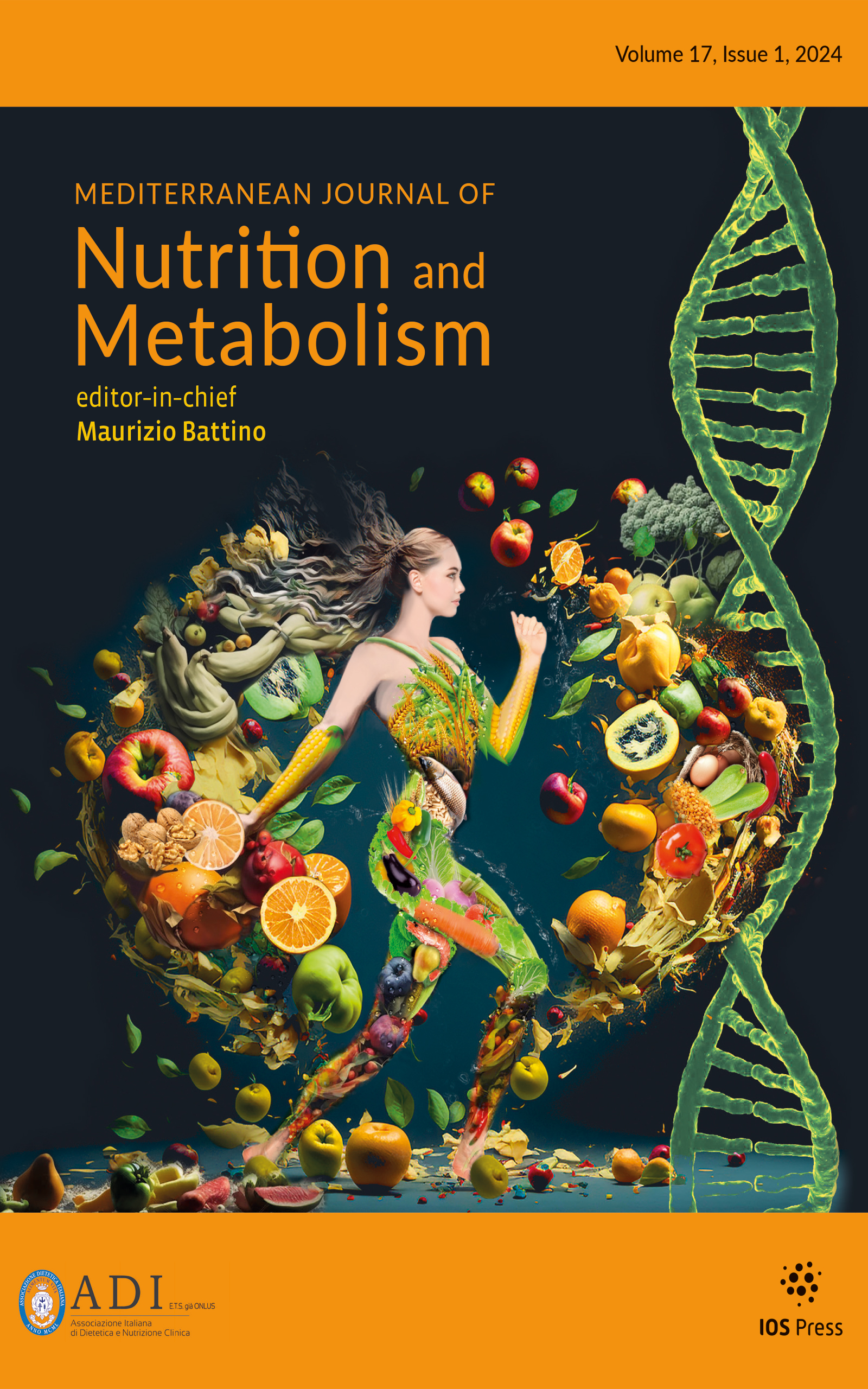Authors: Amor, Mouna Belkhiria-El Haj | Yacoubi, Mohamed Tahar | Sakli, Sirine El Kaouther | Lahouar, Lamia | Bakhrouf, Amina | Quershi, Habib Ahmed | Achour, Lotfi
Article Type:
Research Article
Abstract:
Nutrition is an environmental factor of major importance in human health. Barley is a cereal, rich in dietary fibres (DF) such as β-glucan, arabinoxylans and cellulose. DF is rapidly fermented by the intestinal microflora, with the formation of short-chain fatty acids (SCFA). High levels of SCFA, particularly of butyrate, are important for a healthy large intestine mucosa. SCFA are rapidly absorbed by the colonic mucosa. Butyrate is the preferred energy source of the colonic epithelial cells and acts specifically as a signal metabolite, stimulating cell migration and proliferation. Both the significantly higher formation and the increased absorption of SCFA are
…important in the protection of the colon mucosa. Olive oil is an integral ingredient of the Mediterranean diet. It is known for its high levels of monounsaturated fatty acids and is also a good source of phytochemicals. Accumulated evidence suggests that it may have health benefits that include the reduction of several varieties of cancers affecting the mucosa in the colon. It might influence the polyamine metabolism in colonic enterocytes in ways that reduce the progression from normal mucosa to adenoma and carcinoma. Therefore, it is important to study the effects of olive oil and the barley on the colonic mucosa, because they are commonly combined in the diet of North African population. The aim of our study is to determine the effects of consumed olive oil and the barley on some histological colonic mucosa parameters as the proliferation, crypt depth and width in rats consuming these types of diets experimentally, the coecum was taken as an example of colonic portion for this study. Seventy-two female Wistar rats were considered to assess the effects of consumption of the olive oil and barley diet on colonic morphology. These diets (olive oil and barley) and a control diet were compared. The experimental period was 40 days. Eight rats from each group were killed at the, 20th and 40th day after consuming experimental diets, caecums were than extracted. Crypt depth and width, the average of mitoses per crypt in the caecal mucosa were determined, using a morphometric system (SAMBA, Grenoble, France). Our results showed that length of the crypts was very similar; this did not achieve statistical significance for olive oil or barley diet supplementation. However, the barley diet was associated with a statistically significant increase in the width of the crypt compared to the control diet (p < 0.05). Statistical differences were not observed for the number of mitoses per crypt, compared to the experimental diets. We concluded that Barley diet can have influence on the colonic crypt width. This might be explained by the high levels of SCFA. Olive oil and the barley diet do not influence on the number of mitoses per crypt and the crypt length in ceacal mucosa.
Show more
Keywords: Barley, Olive oil, Rats, Histology, Crypt, Mitosis
DOI: 10.3233/s12349-010-0042-7
Citation: Mediterranean Journal of Nutrition and Metabolism,
vol. 4, no. 2, pp. 147-152, 2011
Price: EUR 27.50





